Hi, if you’re like me and enjoy immersing yourself in the essence of why food is so great, Italian food is where it’s at. It’s about taking basic ingredients and preparing them in ways that bring out their best flavors. Traditional cooking methods in Italy are centered on methods that have been handed down from generation to generation, such as slow-cooking or rapid grilling, which make ordinary meals into something worth remembering. These techniques differ region by region but have one thing in common: respect for raw food, olive oil, and a little patience. Let’s go through some of the most important ones, from fundamentals to regional adaptations, and observe how they still have a place in today’s kitchens.
What Are Traditional Cooking Methods in Italy?
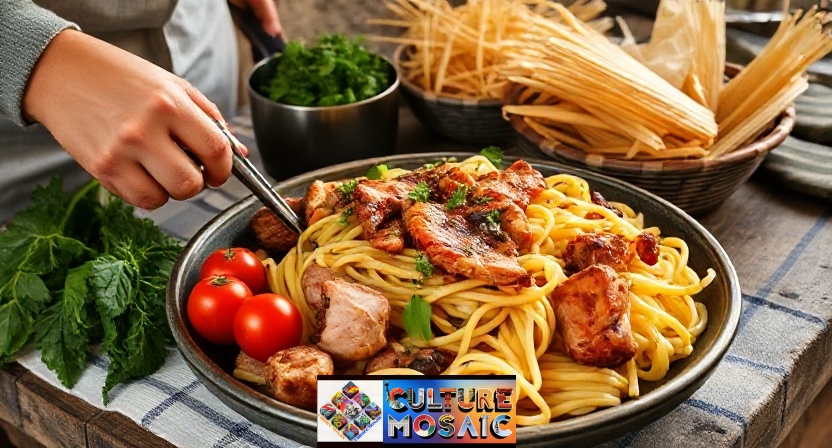
Traditional cooking methods in Italy are simple methods that use heat, time, and good ingredients to create flavor. Consider sautéed vegetables as a foundation, slow-cooked meats, or grilling over coal. These methods focus on seasonality and light processing, which tend to use olive oil as the cornerstone. For instance, pasta is artisanal and cooked to the perfect al dente, while meats may be cured or roasted—the conversation centers on the food, shaped by Italy’s diverse landscapes and history.
The Rich History of Italian Culinary Techniques
Traditional cooking methods in Italy go back to ancient Rome, where basics like roasting and fermenting started. After the empire fell, regions developed their own styles, influenced by invasions and trade. The Renaissance brought more refinement, with books on cooking spreading ideas. By the 17th century, chefs unified regional flavors while celebrating differences. Today, these methods reflect centuries of adaptation, from Arab spices in the south to hearty stews in the north.
Soffritto: The Flavorful Foundation of Italian Courses
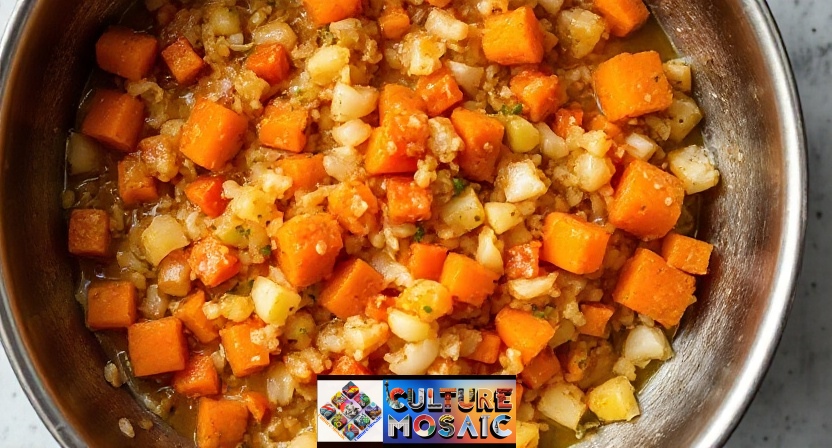
Soffritto is that initial foundation in so many Italian recipes, where you slowly sauté chopped onions, carrots, and celery in olive oil. It’s a long process, some 10 to 15 minutes on low heat, to coax sweetness out without getting too brown. This combination is the base for sauces, soups, and stews, adding richness. In Emilia-Romagna, it’s essential for ragù. Simply chop finely and simmer patiently for optimum results.
Risotto: How to Master the Stir
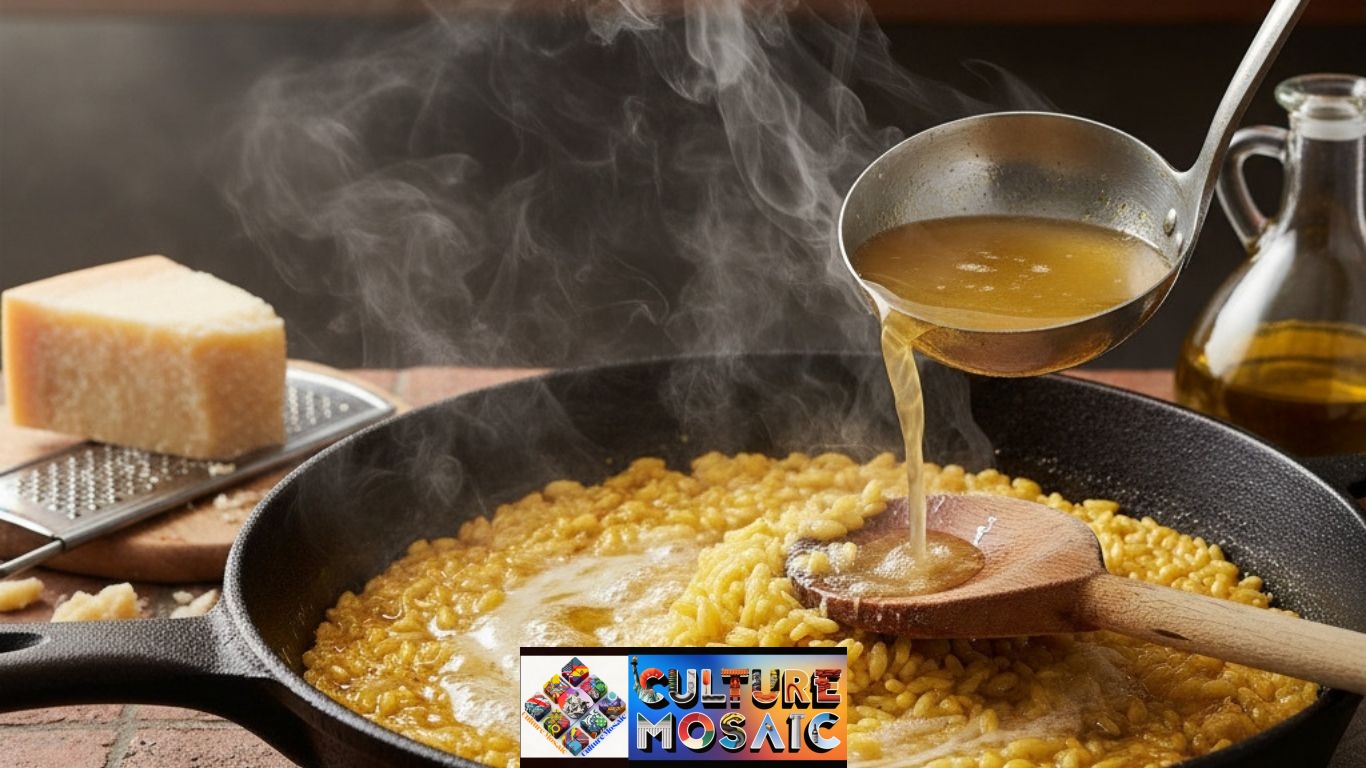
Preparation of risotto includes toasting rice in butter or oil and gradually adding broth while stirring incessantly. This lets loose starches for that rich texture. It stands as a northern delicacy, reminiscent of Milanese saffron-infused traditions. The only thing required is patience, about 18 to 20 minutes of stirring in order to get flavors absorbed without cooking too much. Utilize Arborio rice for authenticity, and top with cheese for added richness.
Handmade Pasta: From Dough to Delight
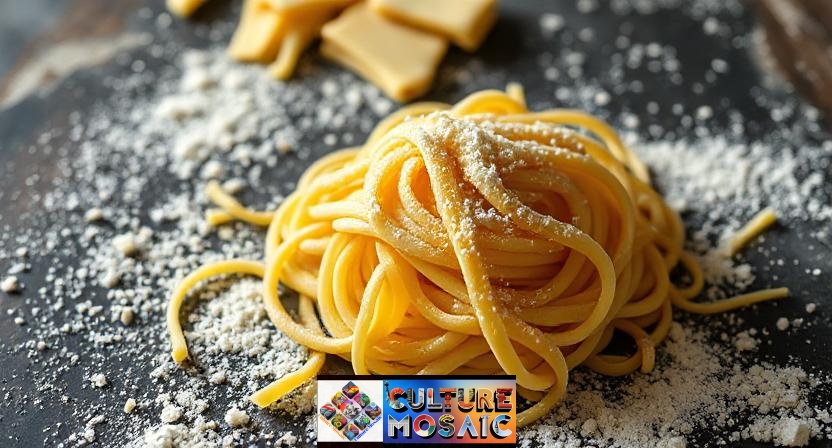
Traditional cooking methods in Italy: Handmade pasta begins with flour and eggs or water, kneading to smooth, rolling, and shaping. In Puglia, you press orecchiette with your thumb; in Emilia-Romagna, tortellini are folded delicately. No need for machines, just a rolling pin and practice. It cooks quicker than dried pasta and retains sauce well. Try beginning with simple tagliatelle to practice.
Wood-Fired Ovens: Blistered Pizza and Smoky Bread Perfection

Wood-fired ovens reach very high heat for fast baking, providing pizza with a blistered crust and bread a smoky taste. In Naples, pizza is baked in less than two minutes. For bread, such as Tuscan loaves, the stored heat does magic. Start a fire, allow it to burn down to embers, and then bake. It delivers potency and a signature taste that’s hard to replicate with contemporary ovens.
Braising and Stewing: Slow-Cooked Delights
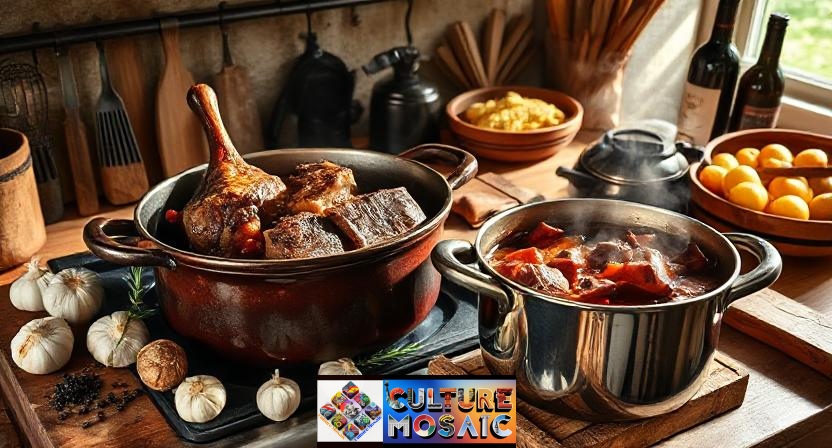
Braising is browning meat, then cooking it slowly in liquid such as wine or broth. Consider Milan’s osso buco or Tuscan peposo seasoned with black pepper. Stewing is the same but in smaller pieces, such as beef and potatoes. Low heat breaks down tough cuts over hours, blending flavors. It’s ideal for winter months and makes economical ingredients go far.
Grilling Alla Griglia: Charred to Perfection


Grilling alla griglia employs hot coals for a rapid sear, perfect for Liguria’s fish or Tuscany’s steak. Marinate ahead in olive oil, herbs, and lemon; whole grilled fish with head on stays juicy and flavorful. It’s a social preparation, commonly performed outdoors, and keeps the dish light without excess sauces.
Frying Techniques: Crispy Italian Favorites

Italian frying is hot seed or olive oil for light crispness, such as in fritto misto with seafood and vegetables. Maintain the right temperature of oil to prevent grease. It’s popular with street food, ranging from arancini in Sicily to supplì in Rome. The key lies in quick cooking paired with swift draining on paper to achieve the perfect texture.
Steaming: Light and Healthy Options

Steaming locks in nutrients and flavors, utilized for vegetables or fish in broth. In Liguria, it is reserved for stacked salads such as cappon magro. Make use of a basket over boiling water, perhaps seasoned with herbs. Less popular but suitable to the Mediterranean diet, keeping things simple and fresh without the incorporation of added fats.
Roasting: Arrosto Essentials

Traditional cooking methods in Italy: Roasting, or arrosto, consists of dry heat for meats such as pork loin or veal. Season with herbs and garlic, and cook at moderate temperatures for even doneness. Porchetta is a traditional dish in Lazio, stuffed and slowly roasted. It’s ideal for entertaining, offering crispy skin and a tender interior. A steam oven can be used to keep it moist.
Fermentation in Italian Food Culture
Traditional Cooking Methods in Italy: Fermentation gives rich flavor to cured meats, wines, and cheeses. Parmigiano takes years to age, with nutty tastes. Starters in salumi create tang and preserve. It’s an old method to preserve shelf life, with added health benefits as well. From sourdough to balsamic vinegar, it’s at the heart of Italy’s foods preserved.
Curing and Preserving: Salumi and More
Curing salumi is salting and air-drying, such as prosciutto di Parma. It loses water for strong flavor and long-term storage. Fermentation comes next for others, such as salami. It’s been around since Roman times, utilizing local climates. It’s sustainable and transforms simple meats into gourmet foods.
Regional Variations in Cooking Methods
Traditional Cooking Methods in Italy: North relies on butter and rice browning, south on olive oil and frying with tomatoes. Tuscany tends to grill meats, while Sicily steams couscous enriched by Arab influences. Alpine regions smoke and stew, coastal regions grill fish. These are all derived from history, geography, and local ingredients.
Modern Twists on Traditional Italian Techniques
Nowadays, cooks mix and match the old ways and new equipment, such as electric ovens for wood-fired flavors or sous-vide for braising. Risotto may receive exotic seasoning, or pizza toppings become innovative. It remains true to its roots: quality and simplicity.
FAQs About Traditional Cooking Methods in Italy
1. Why is soffritto so central to Italian cuisine?
It’s the flavorful foundation that develops flavor in most dishes, with basic vegetables cooked slowly to extract their essence.
2. How can I prepare risotto without stirring all the time?
Some techniques wash rice beforehand or stir less, but proper methods result in best creaminess with endurance.
3. What flour is best for homemade Italian pasta?
Use 00 flour for smoothness, or blend with semolina for texture, based on the region and shape.
4. What makes wood-fired ovens particularly preferred by Italians for pizza?
The intense heat produces an ideal char and cooks fast, retaining freshness of toppings.
5. How have regional differences shaped contemporary Italian cuisine?
They suggest fusions, such as northern risottos with herbs from the south, making cuisine rich and changing.

